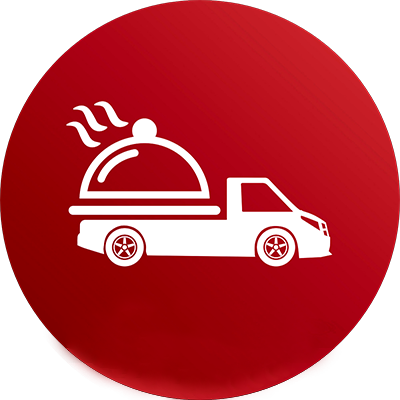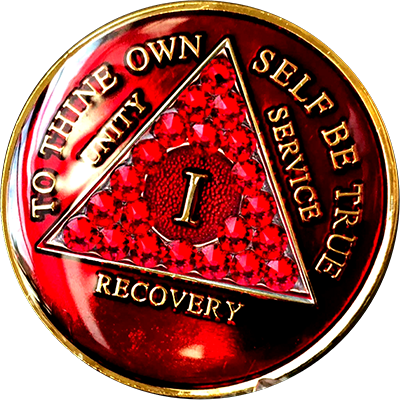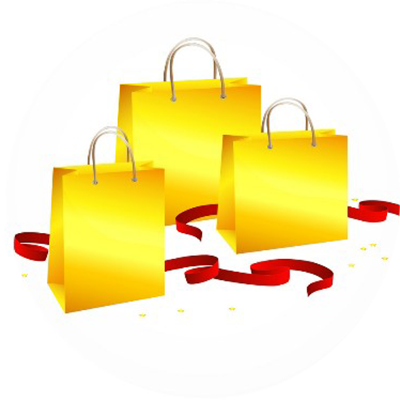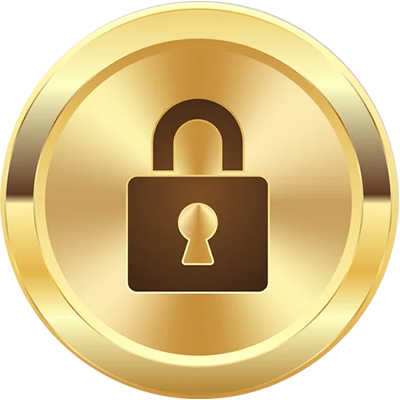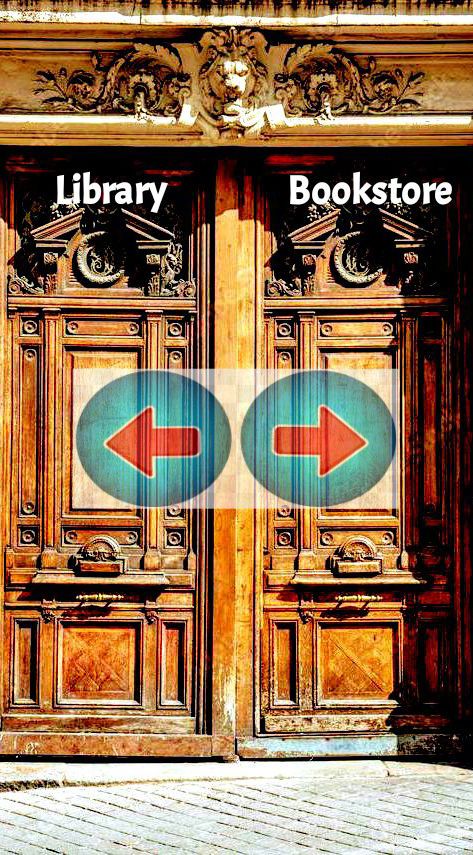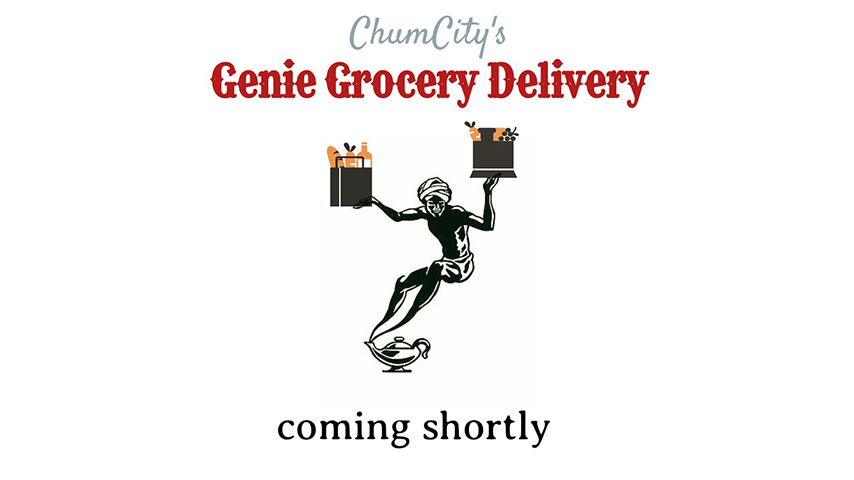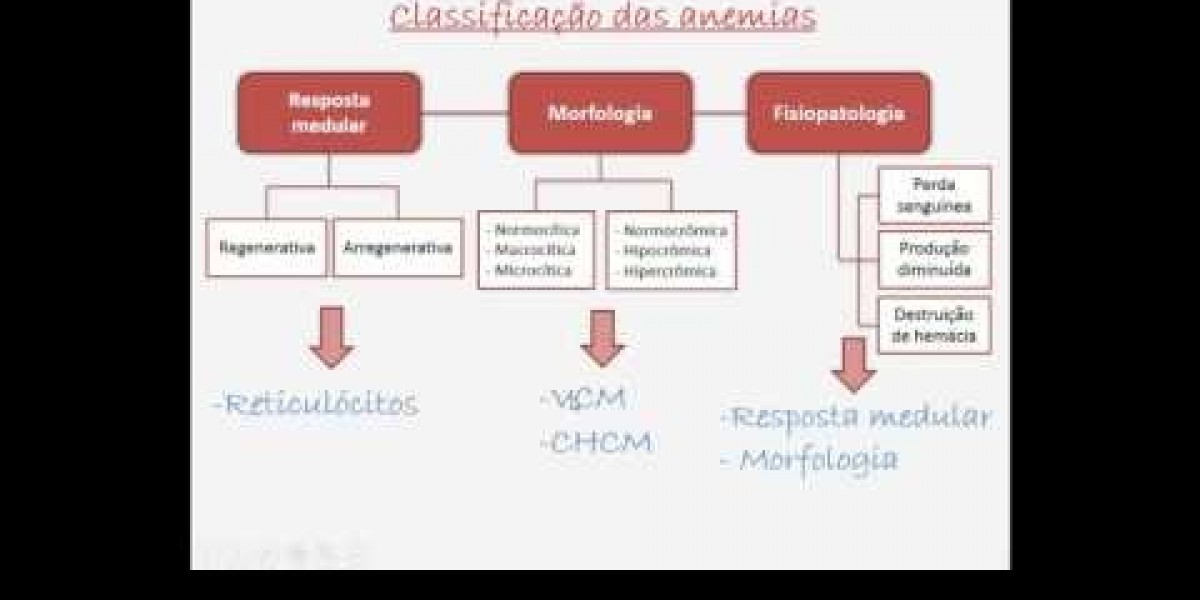Industrial sectors are among the largest consumers of freshwater globally. As environmental regulations tighten and water becomes more expensive, industries must adopt more efficient strategies to reduce their usage. Water-saving technologies can help companies lower their operational costs, meet environmental standards, and promote sustainable practices. However, choosing the right water-saving solution requires a strategic approach. This article examines the primary types of industrial water saver, key factors to consider when selecting one, and how to implement these systems for optimal results effectively.
Why Water Saving Matters in Industry?
Industries use billions of gallons of water each year for processing, cooling, cleaning, and other purposes. With rising water scarcity and strict regulatory pressures, water conservation is no longer optional. Governments and environmental agencies are enforcing more stringent standards, and businesses must comply with these standards or face penalties. Using water-saving systems not only helps conserve a vital resource but also leads to significant cost savings, better operational efficiency, and improved corporate social responsibility.
Types of Industrial Water Saver Solutions
A. Low-Flow Fixtures & Equipment
Industries can replace traditional fixtures with low-flow taps and spray valves. These are ideal for restrooms, break rooms, and cleaning stations. They cut water use without sacrificing performance.
B. Water Recycling & Reuse Systems
Systems such as greywater recycling, filtration, and closed-loop circuits enable industries to reuse water for non-potable purposes. This is especially beneficial in manufacturing and chemical processing.
C. Smart Monitoring & Leak Detection
IoT-enabled devices can detect leaks, track water usage in real time, and alert managers to any irregularities. These systems help reduce water waste and improve accountability.
D. Cooling Tower Water Saver Systems
Cooling buildings consume a significant amount of water. Optimisation tools and water treatment systems can reduce consumption, improve efficiency, and expand the lifespan of equipment.
Key Factors When Choosing a Water Saver
Selecting the right system starts with understanding your industry’s specific needs.
- Type of Industry and Water Usage Patterns: A food processing unit has different needs than a textile or hospitality business.
- Installation Costs and ROI: While some systems require upfront investment, long-term savings usually justify the expense.
- Compatibility with Existing Infrastructure: Some solutions can be retrofitted into current systems, while others require complete replacements.
- Maintenance Requirements and Reliability: Choose systems that are easy to service and don’t disrupt production.
- Certifications & Standards: Look for products with LEED, WaterSense, or ISO 14001 certification to ensure compliance and credibility.
Steps to Implement an Industrial Water Saver
- Conduct a Water Audit – Assess current usage and identify areas for improvement.
- Identify High-Usage Areas – Determine where the most water is being used.
- Research and Select Solutions – Choose technologies that are tailored to your specific processes.
- Train Staff – Educate your team on new equipment and water-saving protocols to ensure optimal performance and efficiency.
- Monitor and Optimise – Utilise data to fine-tune systems and maximise efficiency.
Common Mistakes to Avoid
Many industries rush into purchasing without proper research.
- Don’t choose a system based solely on its low price—it may lack durability or compatibility.
- Avoid neglecting the need for scalability if your operations grow.
- Failing to involve your technical team can lead to poor implementation and costly delays.
- Skipping maintenance plans can result in reduced performance and a lower return on investment (ROI).
- Avoiding these mistakes ensures you get the most value from your investment.
Conclusion
Selecting the right water saver for industrial use is a crucial step toward acquiring sustainability and cost control. By understanding your usage patterns and exploring efficient resolutions, you can make a smart investment that benefits both your business and the environment. Don’t wait for a compliance warning or a rising water bill—conduct an audit today, plan your water-saving strategy, and build a more efficient future.
FAQs
1. What is the most effective water-saving device for factories?
Low-flow equipment and water recycling systems are ideal, depending on the type of factory.
2. How much water can industries save?
With the right setup, industries can reduce water use by 20–50%.
3. Are there incentives for installing industrial water savers?
Yes, many states offer rebates or tax credits for using certified water-saving systems.
4. Do water savers affect performance?
No. Most modern systems maintain performance while using less water.
5. How long does it take to see a return on investment (ROI)?
Most businesses recover their investment in 1–3 years, depending on usage and technology.




